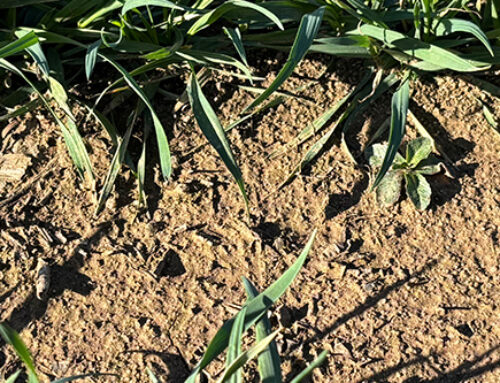Controlling weeds is becoming a difficult and expensive task. A common assumption made when a group of weeds are not killed by a herbicide application is that the weeds are resistant. While weed herbicide resistance is unfortunately common, other factors can play a role.
The weather is a huge variable in farming which directly affects chemical applications. If it is too wet to be in the field or too windy, herbicide applications are delayed. Postponing herbicide applications can mean that weeds grow too large for the chemicals to be effective. On the other end of the spectrum, long stretches of hot and dry weather can make weeds even tougher to kill as their growth is slowed, reducing uptake of the herbicide.
Weeds that have been damaged, but not completely killed, by a previous application are even harder to kill with a follow-up treatment. Spraying weeds when they are actively growing during mid-day, and when weeds are not under stress helps maximize control.
Another factor that influences the effectiveness of herbicides is coverage. When some herbicides are used, a high gallonage of water per acre and small droplet size boost effectiveness. However, there can be challenges trying to maximize coverage on weeds. Penetrating the canopy of the crop to cover the entire weed is difficult, if not impossible. There can also be problems with sprayers, such as loss of GPS signal or difficulty controlling boom height when going over terraces, leading to weed escapes.
The cost of weed control can get expensive when multiple trips are required and complex tank mixes with several modes of action are used. Utilizing all the tools we have, and incorporating other weed control practices, such as tillage, cultivation, winter cover crops, and a diverse cropping system may be needed to combat weed control to maximize profits.
Written by: Daniel Adee, Silver Lake Division
Featured Image by: United Soybean Board, Soybean field, flickr.com





